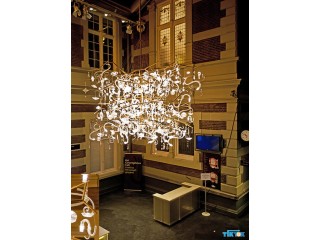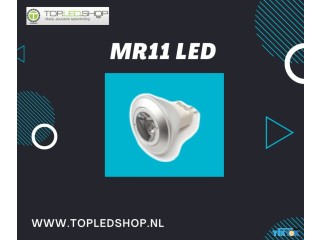What are the different types of nuts and bolts? Private
2 years ago - Multimedia - San Antonio - 44 views -What does a bolt look like? Let’s start with a nuts-and-bolts definition. Bolts are threaded fasteners with external male threads. They mate with nuts, which have female – meaning, internal – threads.
What are nuts used for? Both the bolt and the nut grip the materials being fastened, creating a bolt joint, with the nut also preventing axial movement.
The effect of the bolt joint comes down to the axial clamping force provided by the nut and the shank of the bolt, which acts as a rod that presses the joint against sideways shear forces. This is why so many bolt shanks are threadless – it makes for a stronger rod.
When to use bolts vs screws
It’s often assumed that the difference between hex bolts and screws lies in the tools used to install each – a screwdriver for a screw and a wrench for a bolt. This isn’t always the case, however. Bolts can have heads that we associate with screws and require a screwdriver for installation. Even some screws use nuts, so we’re dealing with gray areas.
The decision of which you choose really comes down to the application and the materials you’re fastening. For lightweight materials, such as plastics, plywood and drywall, screws are best. Most of the time, that is. Bolts also come in plastics, but these are mostly used for electronics, as they’re lightweight, corrosion resistant and provide excellent insulation.
For heavy-duty applications and heavier materials, such as concrete and metals, go with bolts.
Types of bolt heads
Bolt head styles are designed for the bolt’s intended function while enabling the installation tool to grip the head. Below are examples of different types of bolt heads. As seen here, bolts can have slots or drives, just as screws do.
The vast majority of nuts, no matter what type, are hex shaped. This is because the six sides make it easy to turn. It only takes a one-sixth turn for the nut to reach the next flat parallel. A nut with fewer sides takes more time to install. Other shapes are available, which are for specific needs.



















